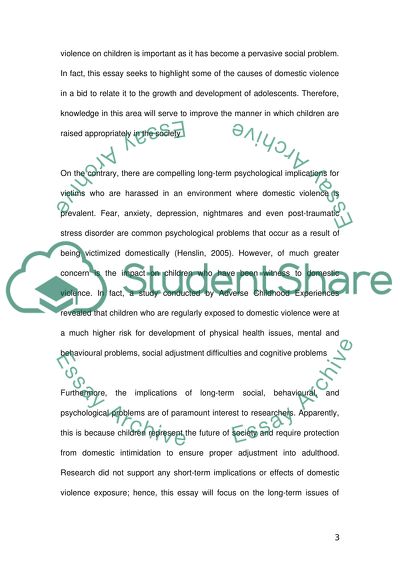Cite this document
(“Discuss the impact and possible effects of witnessing domestic Essay”, n.d.)
Retrieved from https://studentshare.org/miscellaneous/1629844-discuss-the-impact-and-possible-effects-of-witnessing-domestic-violence-as-a-child-use-psychological-theory-to-explain-your-answer
Retrieved from https://studentshare.org/miscellaneous/1629844-discuss-the-impact-and-possible-effects-of-witnessing-domestic-violence-as-a-child-use-psychological-theory-to-explain-your-answer
(Discuss the Impact and Possible Effects of Witnessing Domestic Essay)
https://studentshare.org/miscellaneous/1629844-discuss-the-impact-and-possible-effects-of-witnessing-domestic-violence-as-a-child-use-psychological-theory-to-explain-your-answer.
https://studentshare.org/miscellaneous/1629844-discuss-the-impact-and-possible-effects-of-witnessing-domestic-violence-as-a-child-use-psychological-theory-to-explain-your-answer.
“Discuss the Impact and Possible Effects of Witnessing Domestic Essay”, n.d. https://studentshare.org/miscellaneous/1629844-discuss-the-impact-and-possible-effects-of-witnessing-domestic-violence-as-a-child-use-psychological-theory-to-explain-your-answer.


